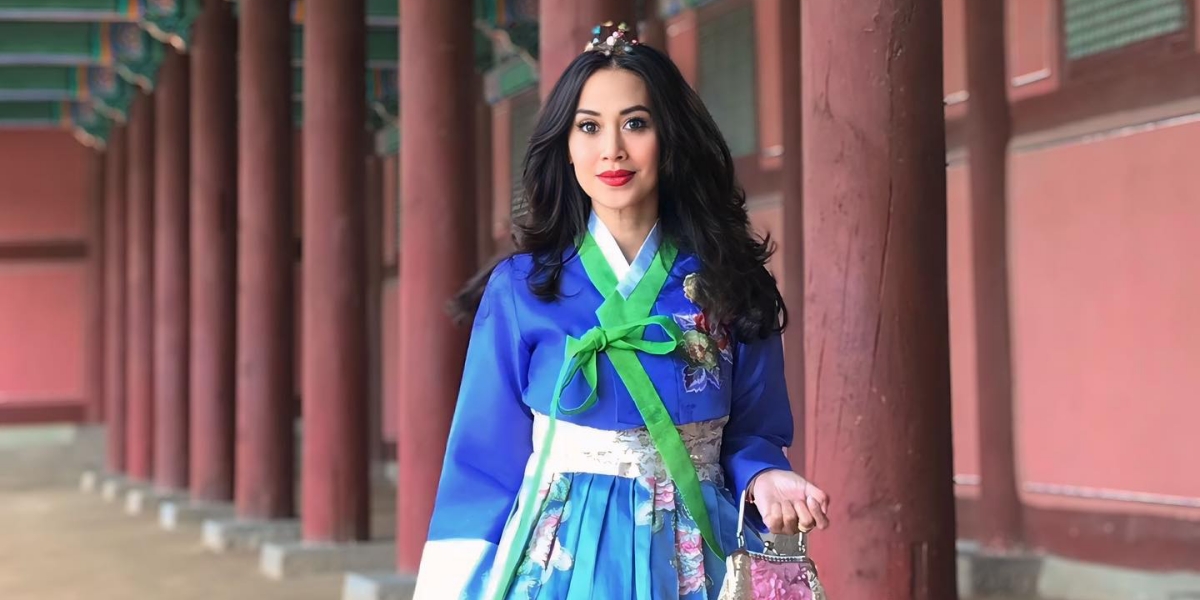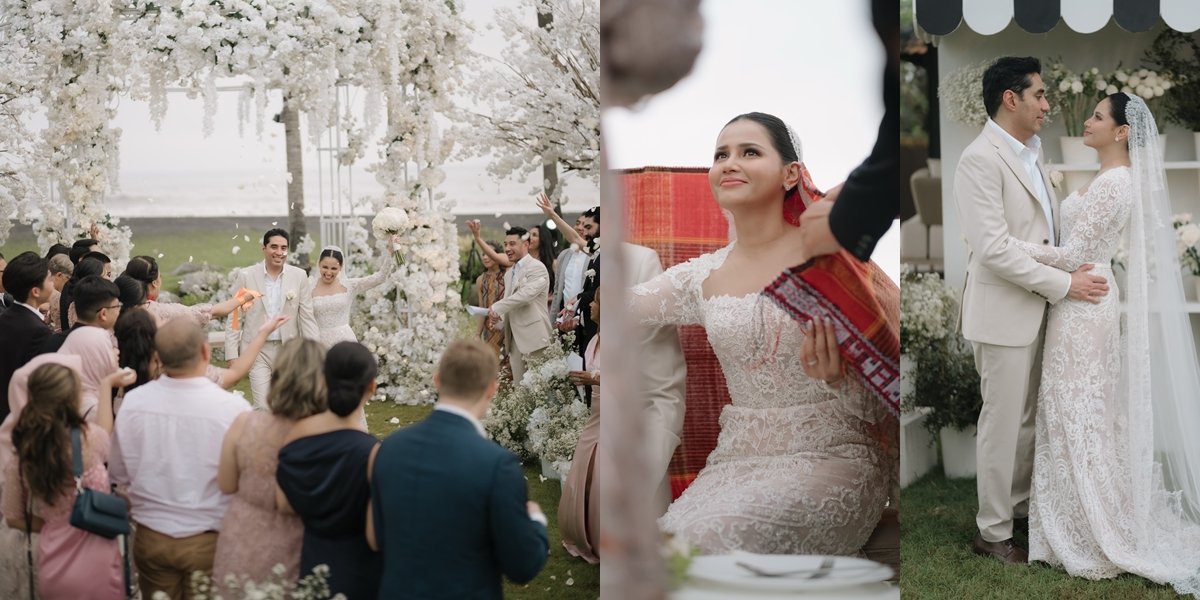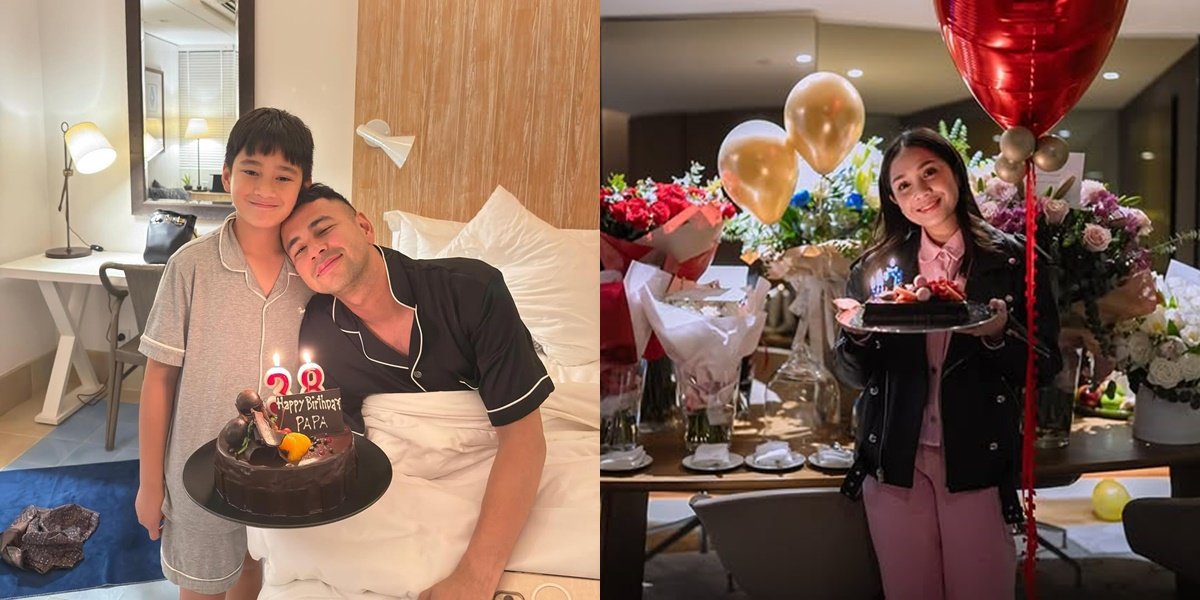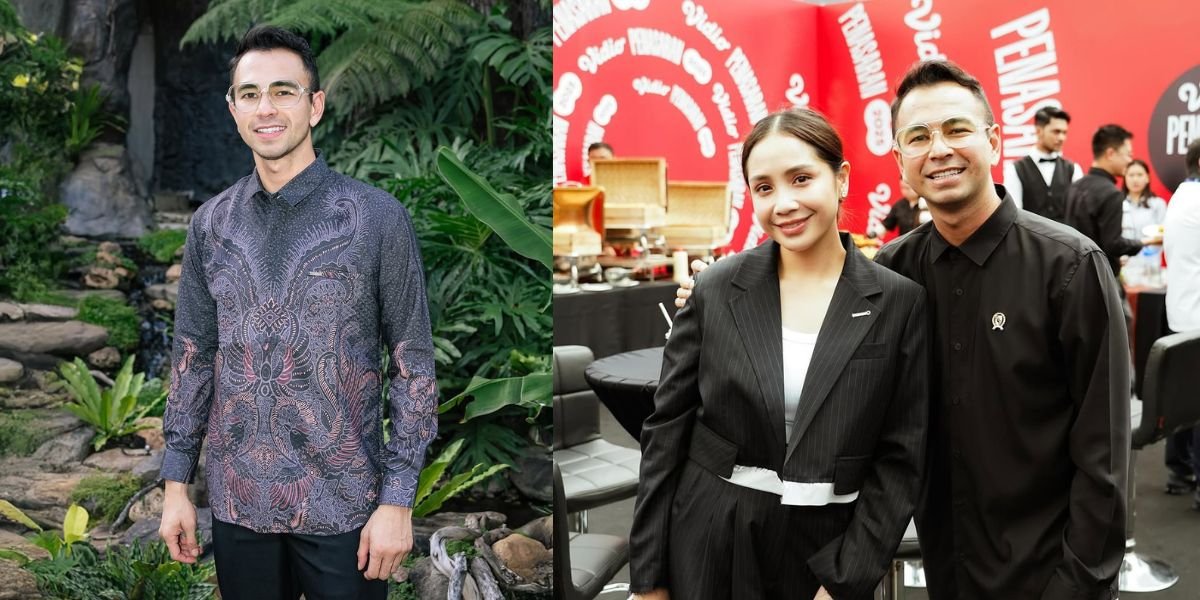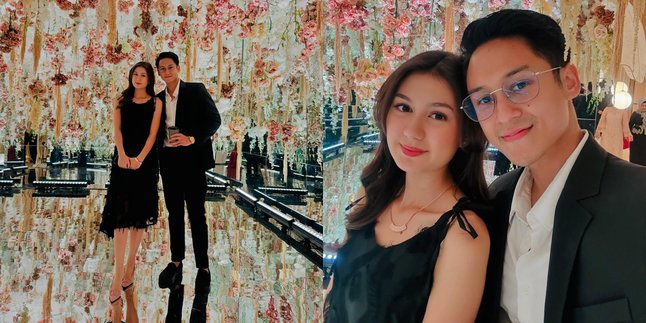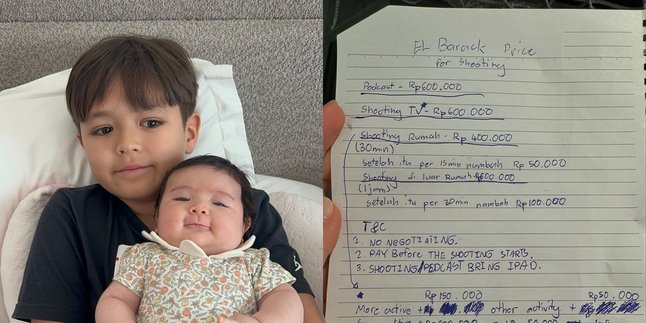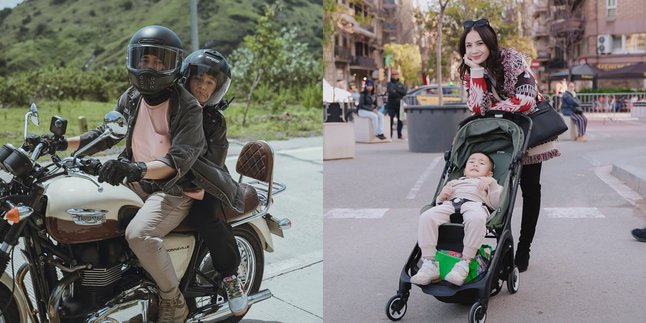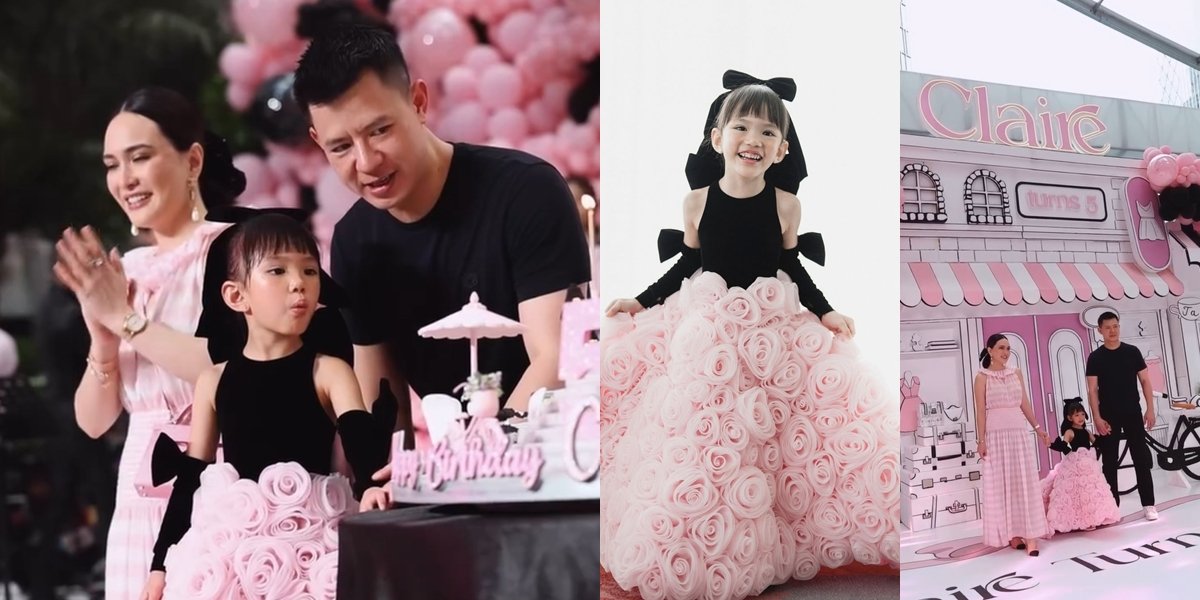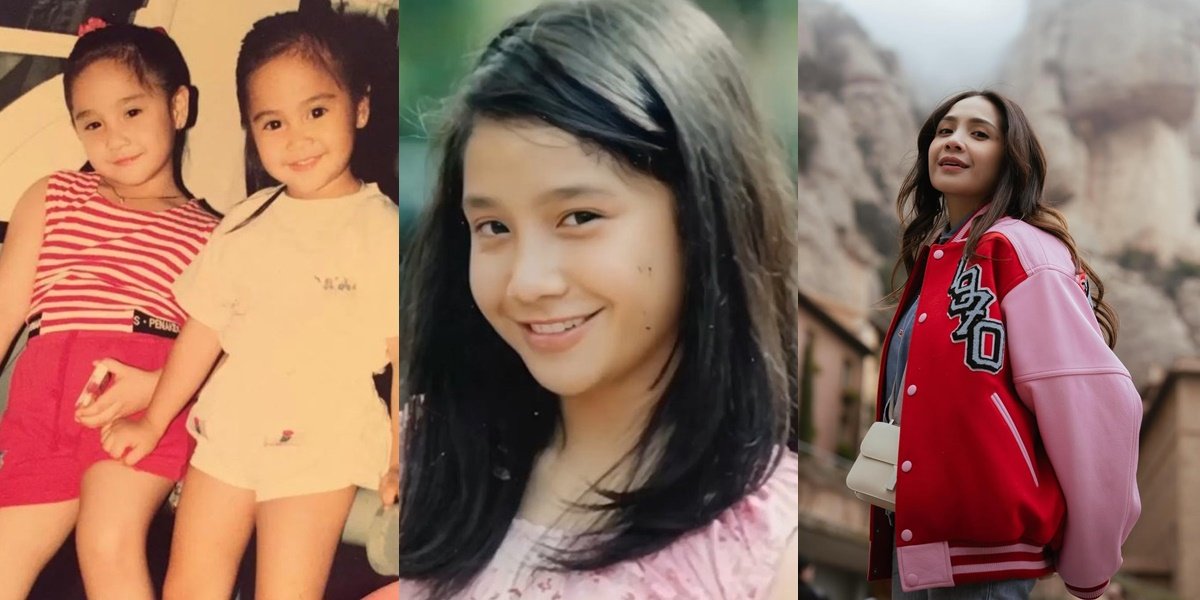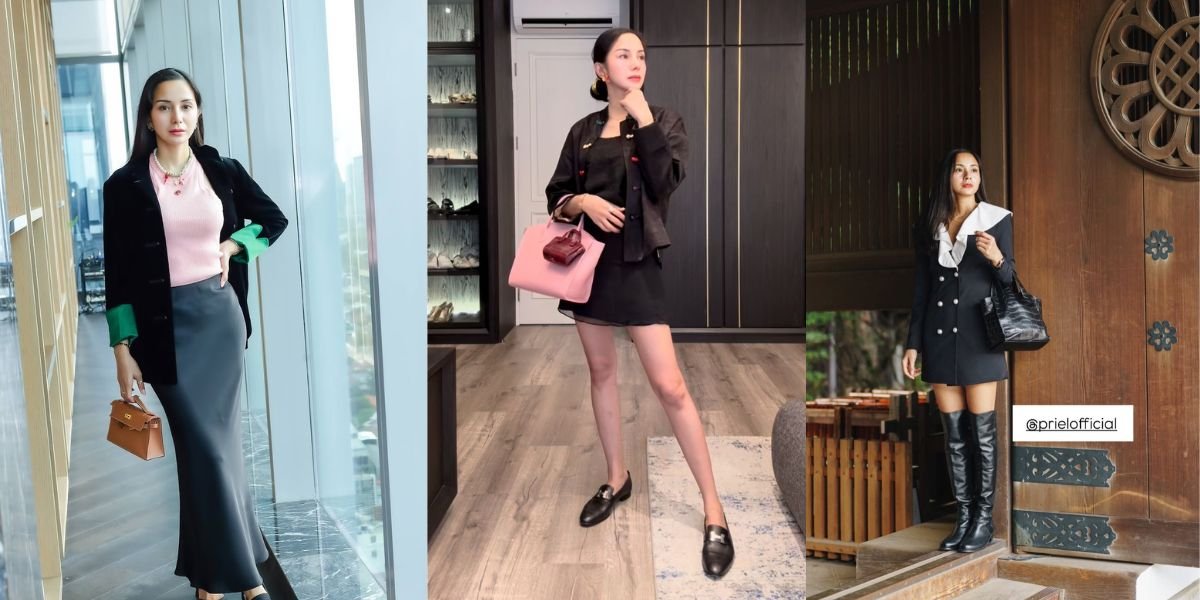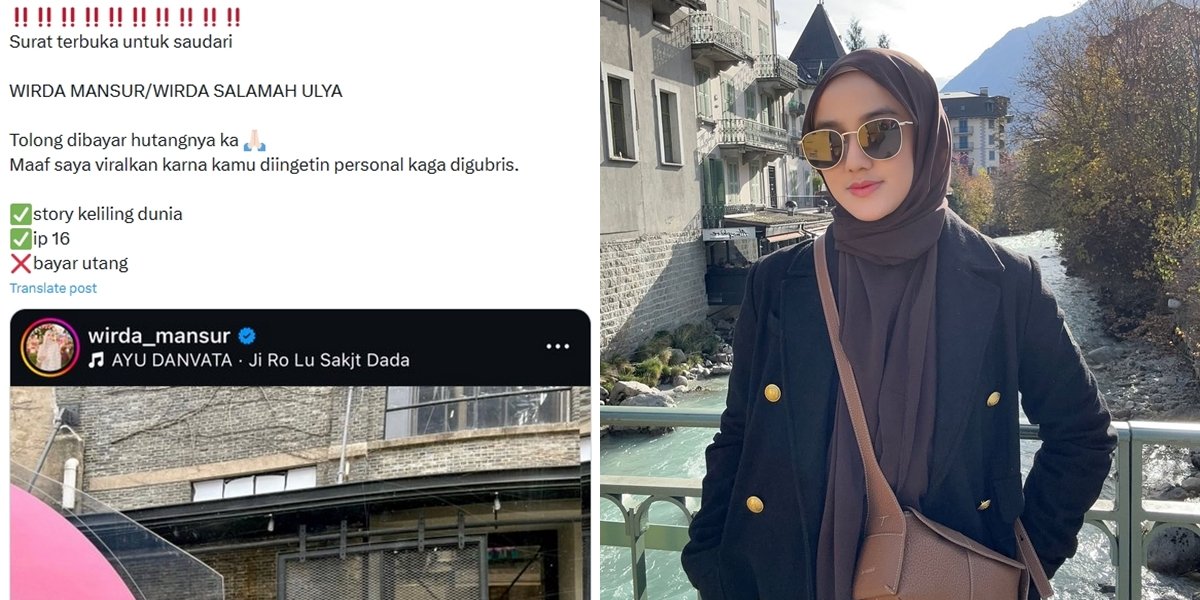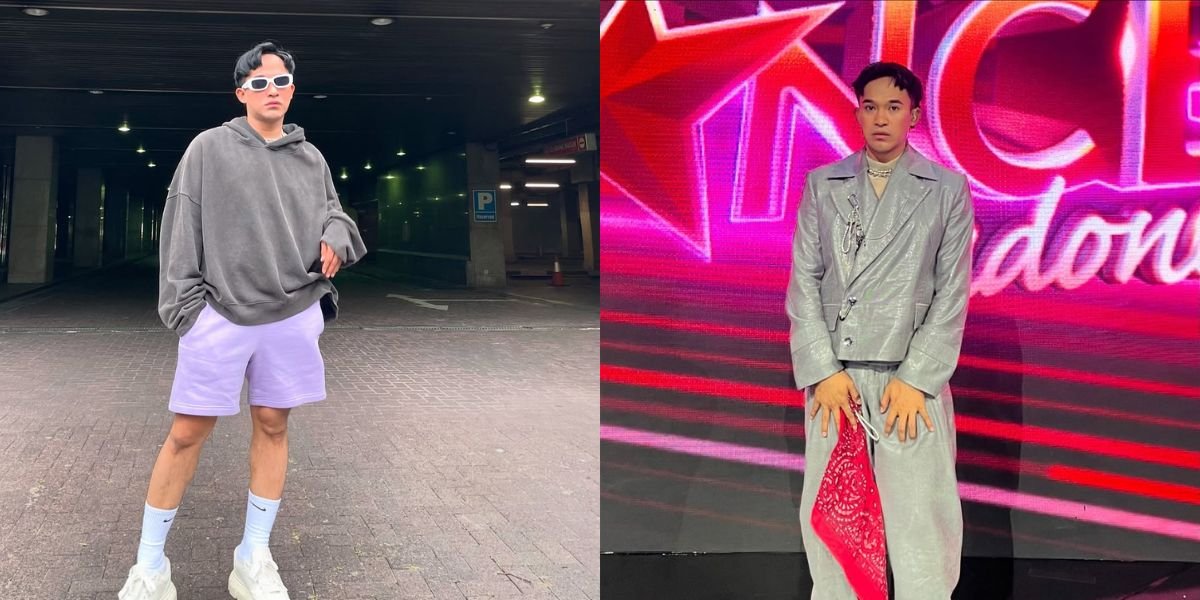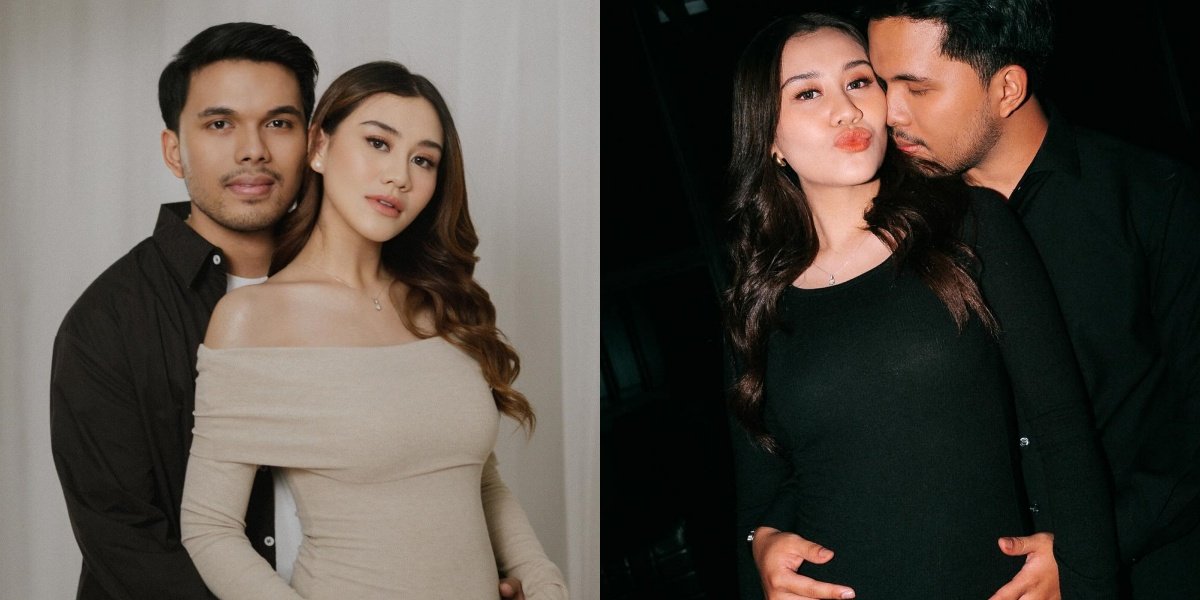Kapanlagi.com - Diah Permatasari, beautiful Indonesian artist, recently caught the public's attention with her appearance in hanbok. With a dominant blue color and accents of green and white, the hanbok worn by Diah features an elegant floral design on the skirt. The white lace at the bottom adds a graceful and feminine touch to her appearance.
Not only that, Diah also added a modern touch with a small gold and pink bag and traditional Korean hair accessories. The background featuring traditional Korean buildings with red pillars and a ceiling adorned with colorful carvings further enhances the atmosphere.
1. History of Hanbok
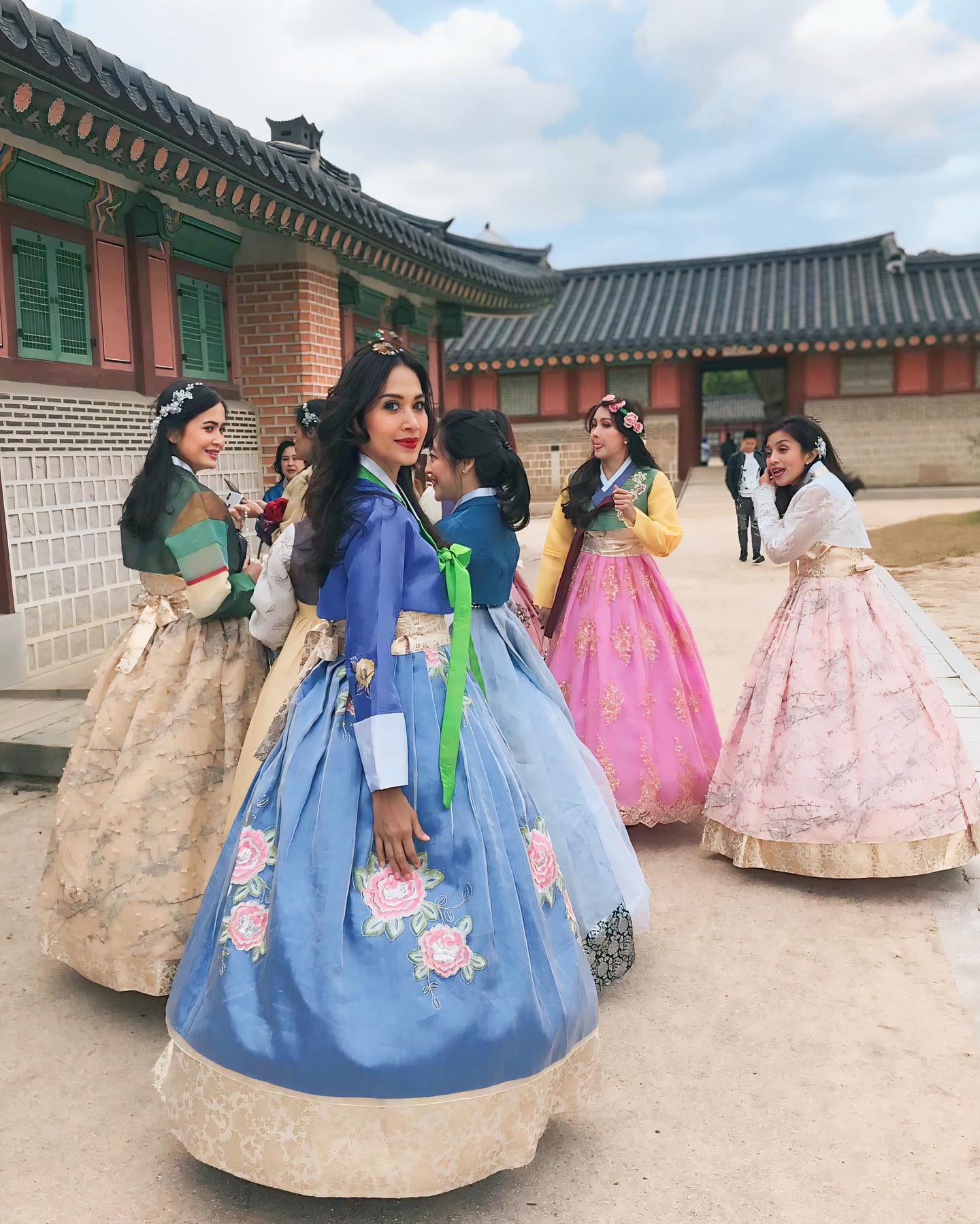
© instagram.com/dps_diahpermatasari
Hanbok is the traditional clothing of Korea that has existed for thousands of years. Initially, only royal families and nobility were allowed to wear hanbok with high-quality motifs and materials.
2. Diah Permatasari: An Inspiring Career
Diah began her career in the modeling world by winning the 2nd Place Cover Girl MODE in 1987. She also became the 2nd Place of Putri Ayu Indonesia held by the cosmetic brand Sariayu, representing Central Java after winning in Solo.
3. Diah's Beauty in Hanbok
At the age of 54, Diah still looks graceful and elegant. Her striking makeup, especially the matching red lipstick, makes her even more captivating.
4. The Meaning of Colors and Designs of Hanbok
The colors and patterns on hanbok have symbolic meanings. Every detail in the hanbok can indicate the social status of the wearer, as well as the occasion for which the clothing is worn.
5. Visit Seoul, South Korea
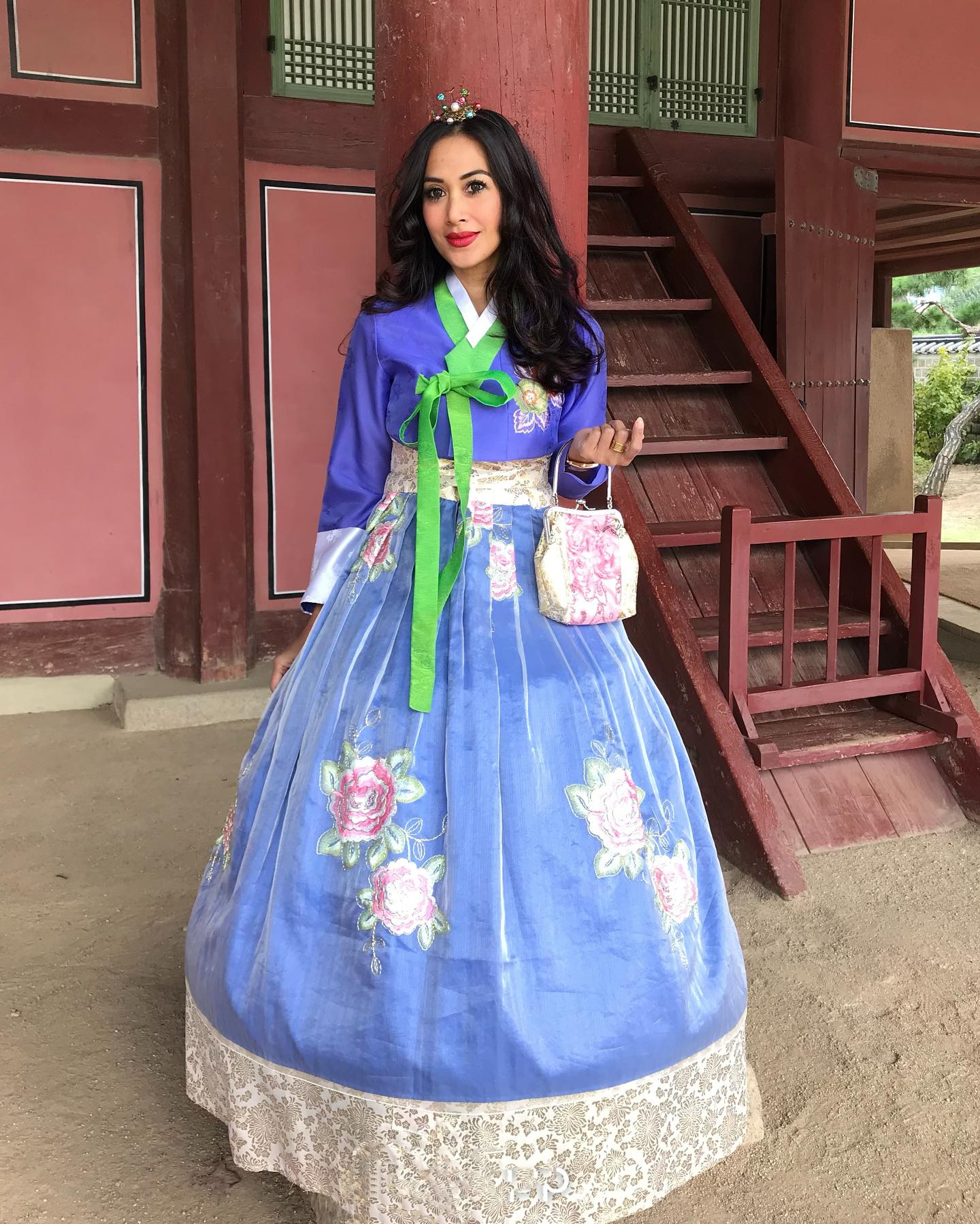
© instagram.com/dps_diahpermatasari
In her post, Diah wrote, "When in Korea. Understanding the lifestyle and culture of the Korean people also reflects our traditional and modern values. Wearing Hanbok is the traditional clothing of South Korea that has managed to survive for over a thousand years. Historically, only royal families and noble descendants were allowed to wear Hanbok with high-quality patterns and materials, while ordinary people were only permitted to wear plain hanbok."
(kpl/cvn)
Disclaimer: This translation from Bahasa Indonesia to English has been generated by Artificial Intelligence.
